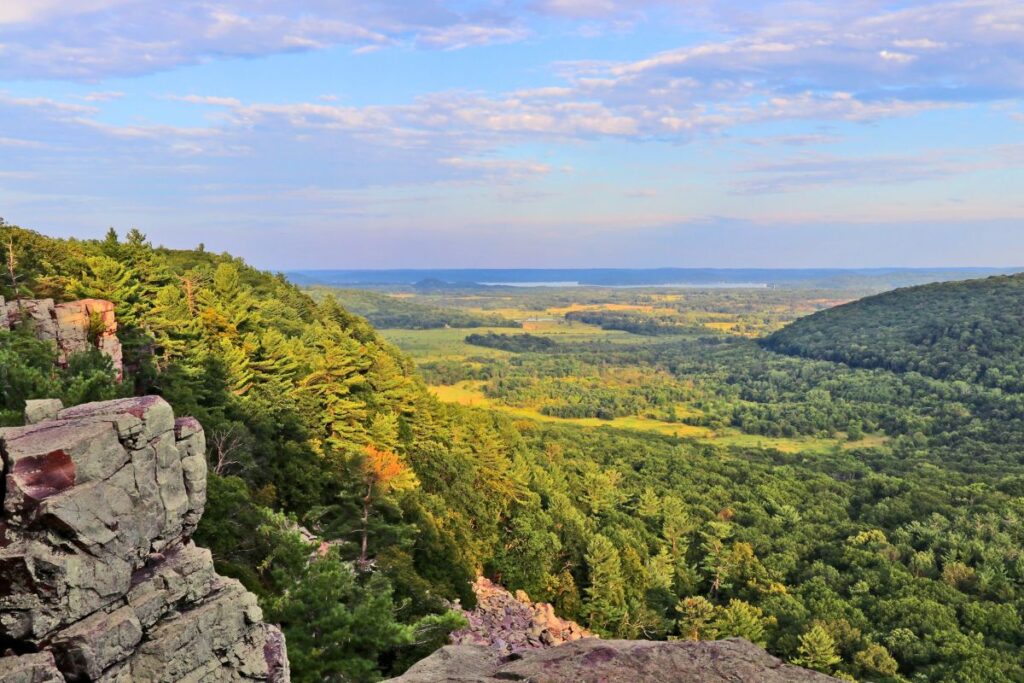Discover personal adventures in the Wilderness Areas of Wisconsin—wildlife, trails, and more!
Swap your cheese hat for a pair of binoculars and get ready for a wild ride through Wisconsin’s lesser-known side.
We’re here to guide you off the beaten path and into the state’s lush wilderness areas, where adventure is not just an option, it’s a guarantee.
Wisconsin’s wilderness is an untapped symphony of nature’s best, from the silent forests of Chequamegon-Nicolet to the sparkling waters around the Apostle Islands.
We’ll help you navigate through the trails less traveled, where the wildlife is as real as it gets—from the quiet footsteps of deer to the echoing calls of loons.
We’re not just talking walks in the park. We’re talking about a full-on immersion in Wisconsin’s raw beauty. Expect to hike through enchanting landscapes, paddle across crystal-clear lakes, and camp under a canopy of stars at places like Newport State Park and Devil’s Lake.
Our guide is packed with the nitty-gritty: the best times to visit, essential ‘leave no trace’ principles, and how to respect the wildlife you’ll undoubtedly encounter.
So, if you’re itching for an adventure that’s more than just a weekend getaway, Wisconsin’s wild side is calling your name. Are you ready to answer?
Chequamegon-Nicolet National Forest
Located in the northern part of the state, the Chequamegon-Nicolet National Forest encompasses more than 1.5 million acres of forests, wetlands, and lakes.
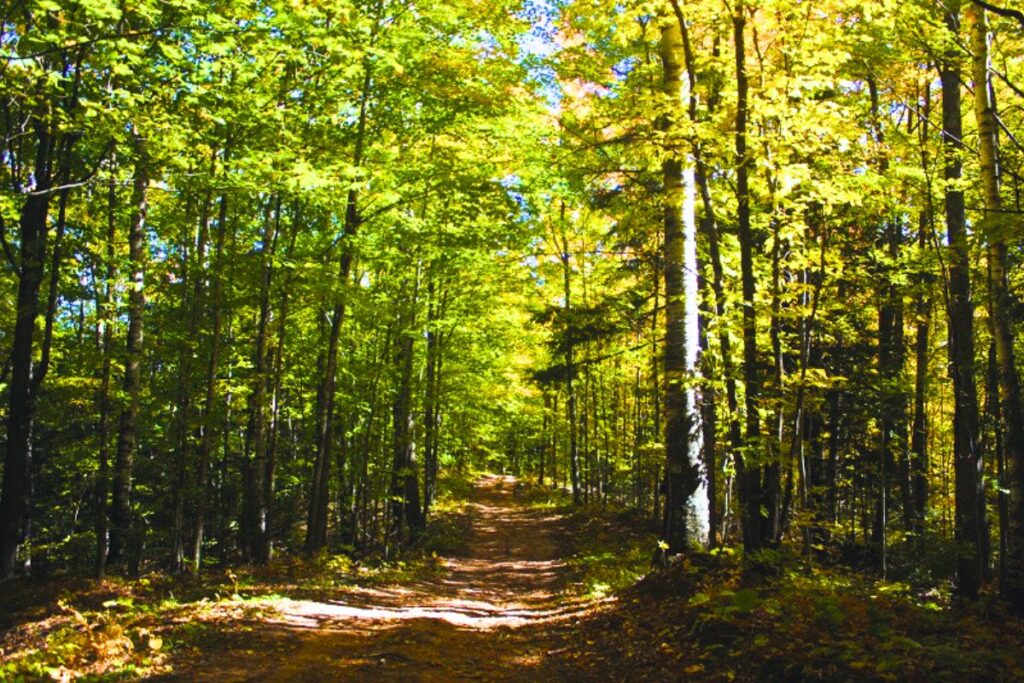
With over 800 miles of trails, this wilderness area is perfect for hiking, mountain biking, horseback riding, and cross-country skiing.
Make sure to visit the iconic Ice Age National Scenic Trail, which traces the edge of the Wisconsin glaciation from 12,000 years ago.
Wildlife you will see
The Chequamegon-Nicolet National Forest is home to a diverse array of wildlife, including white-tailed deer, black bears, gray wolves, and bald eagles.

Birdwatchers can also spot migratory songbirds, such as warblers and thrushes, as well as waterfowl like loons and mergansers.
Apostle Islands National Lakeshore
Situated along the south shore of Lake Superior, the Apostle Islands National Lakeshore features a stunning collection of 21 islands and 12 miles of mainland coast.
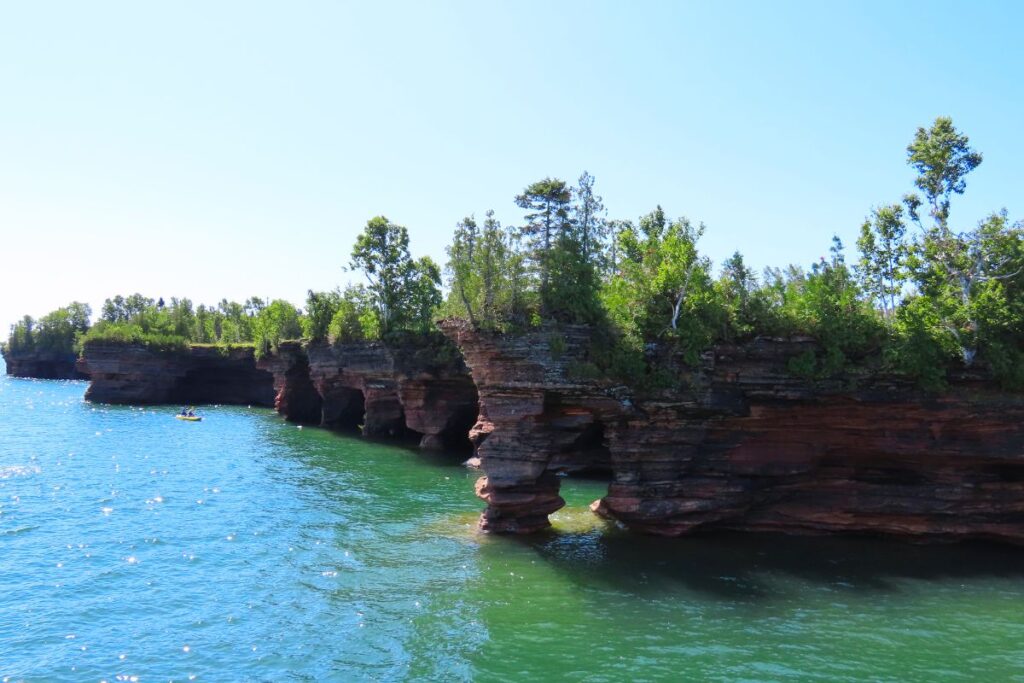
Known for its sea caves, historic lighthouses, and old-growth forests, this wilderness area is best explored by kayak or canoe.
Wildlife enthusiasts can also enjoy birdwatching, with over 240 species documented in the area, including bald eagles and peregrine falcons.
Wildlife you will see
The Apostle Islands National Lakeshore is teeming with wildlife, including the elusive pine marten, red foxes, and white-tailed deer.
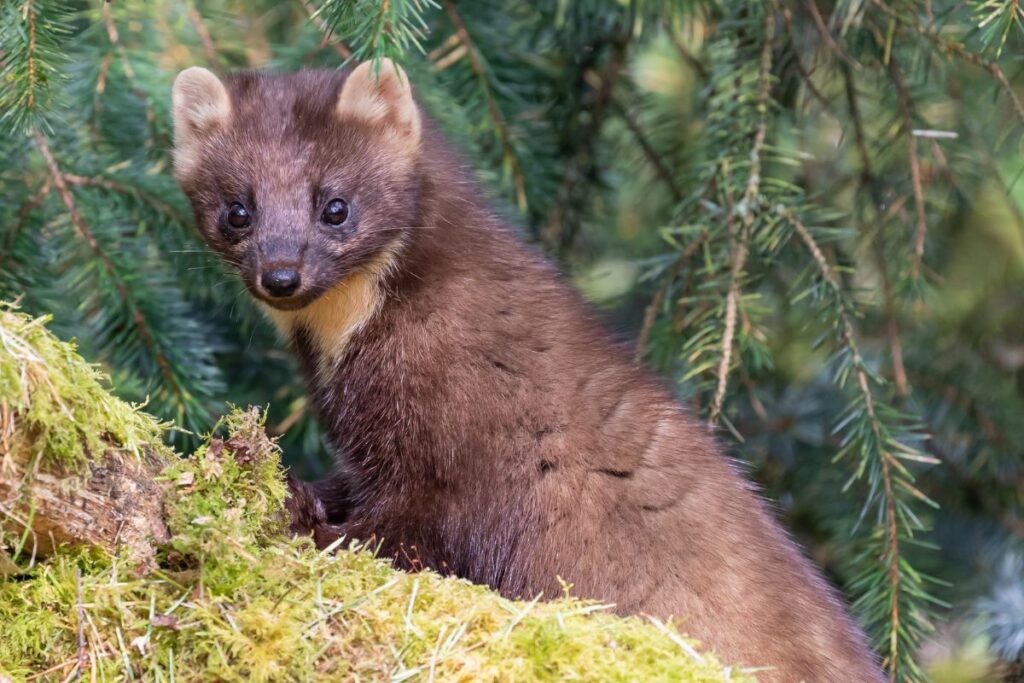
In the waters of Lake Superior, you may spot common loons, great blue herons, and even the occasional harbor seal.
Bird enthusiasts can keep an eye out for peregrine falcons and bald eagles, which nest on the islands
Kickapoo Valley Reserve
Nestled in the Driftless Area of southwestern Wisconsin, the Kickapoo Valley Reserve is an 8,600-acre natural wonderland that features unique geological formations and rich biodiversity.
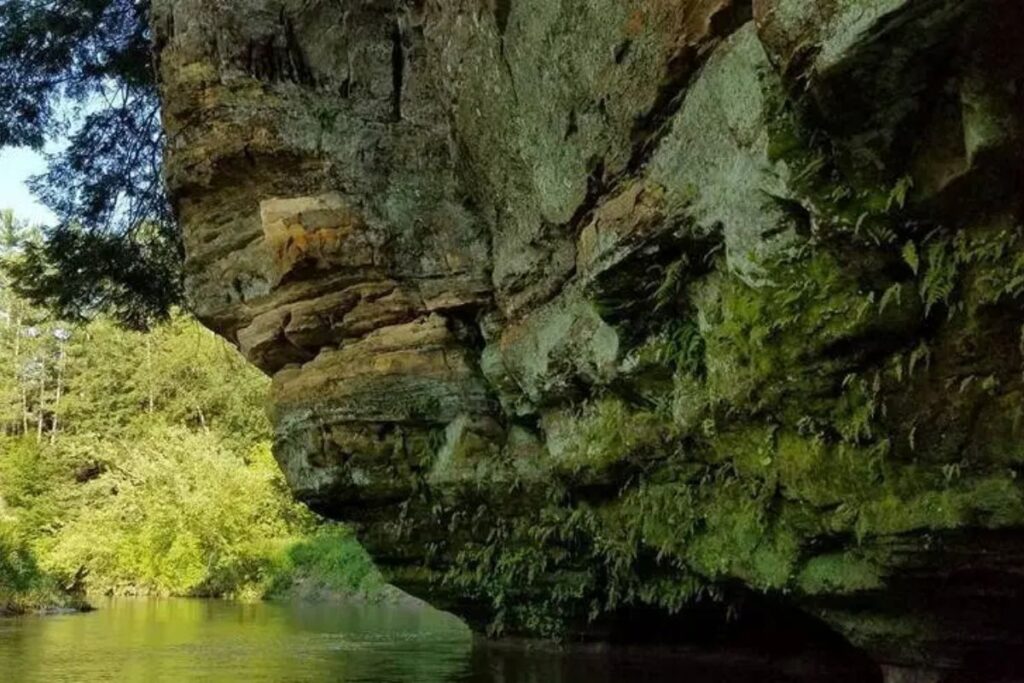
The reserve is home to the meandering Kickapoo River, which is a favorite among canoeists and kayakers.
With over 40 miles of trails, visitors can hike, bike, or horseback ride through lush forests, prairies, and wetlands.
Wildlife you will see
The diverse habitats of the Kickapoo Valley Reserve support a rich array of wildlife, including beavers, muskrats, and river otters along the riverbanks.
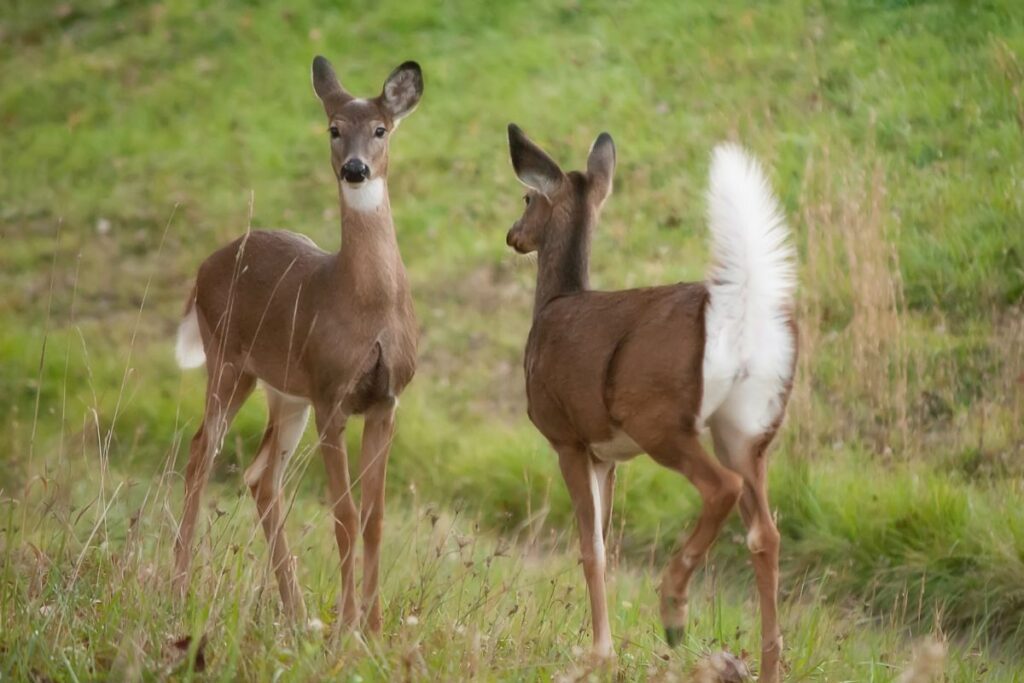
Birdwatchers can spot a variety of species, such as wild turkeys, great blue herons, and red-shouldered hawks.
In the forested areas, you may come across white-tailed deer, coyotes, and bobcats.
Kettle Moraine State Forest
The Kettle Moraine State Forest, located in southeastern Wisconsin, is a geological gem formed by the retreat of glaciers thousands of years ago.
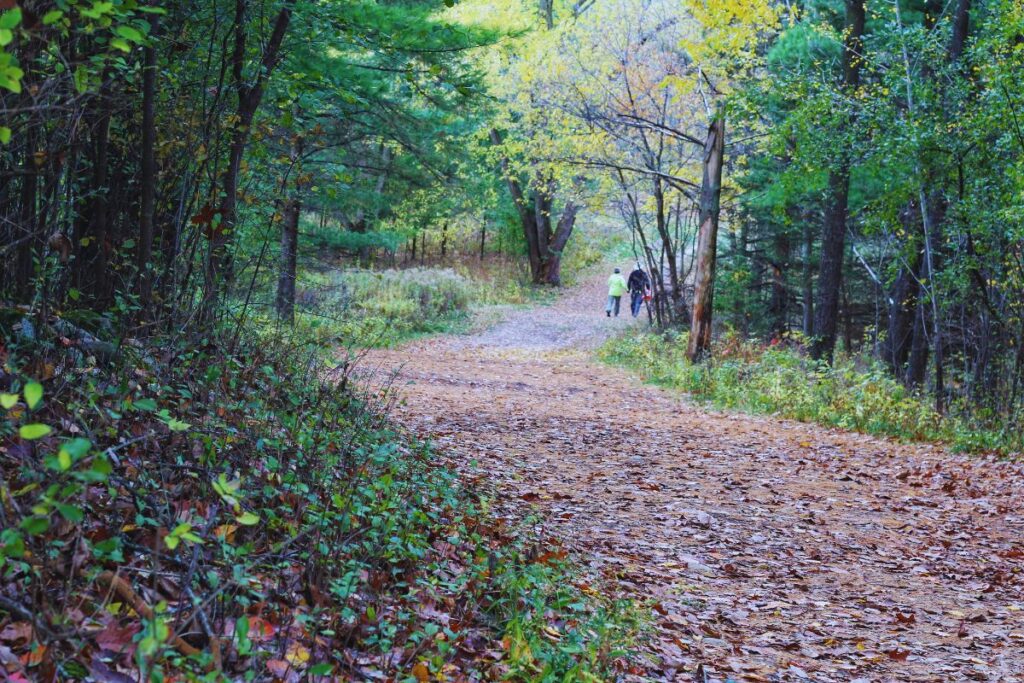
This 30,000-acre forest is divided into two units – the Northern Unit and the Southern Unit – and features a variety of recreational opportunities, including hiking, biking, and horseback riding.
The forest’s most famous trail, the Ice Age National Scenic Trail, offers a breathtaking journey through the state’s glacial history.
Wildlife you will see
The Kettle Moraine State Forest is home to numerous wildlife species, including white-tailed deer, wild turkeys, and red foxes.
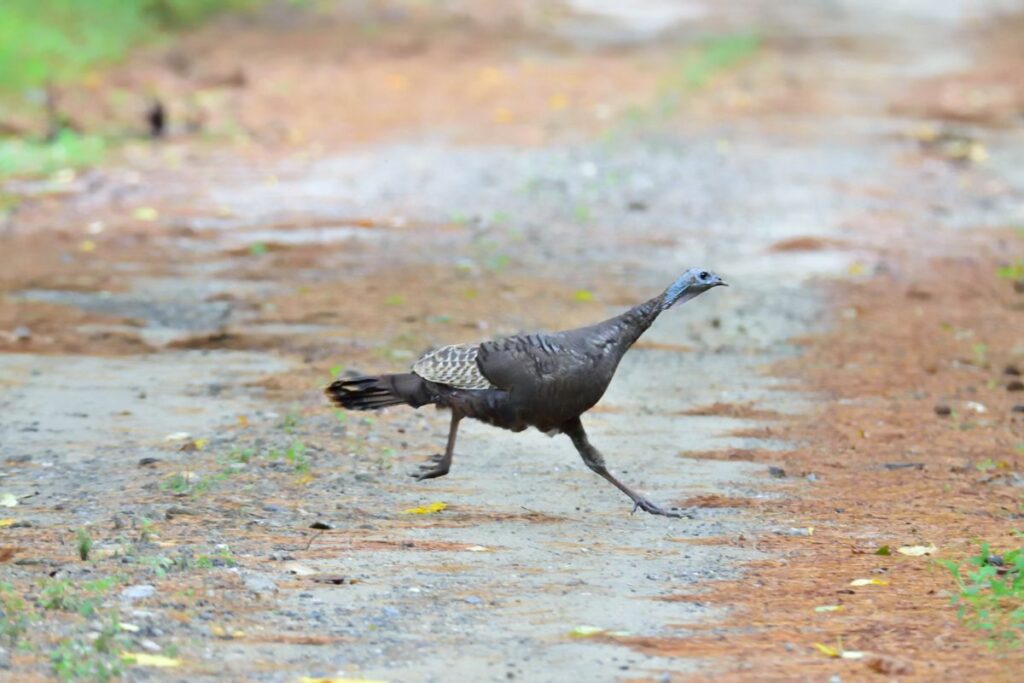
Birdwatchers will enjoy spotting sandhill cranes, eastern bluebirds, and various species of woodpeckers.
The forest’s wetlands provide habitat for turtles, frogs, and salamanders.
Newport State Park
Situated on the tip of Wisconsin’s Door County Peninsula, Newport State Park is a 2,373-acre wilderness area known for its rugged shoreline, dense forests, and dark skies.
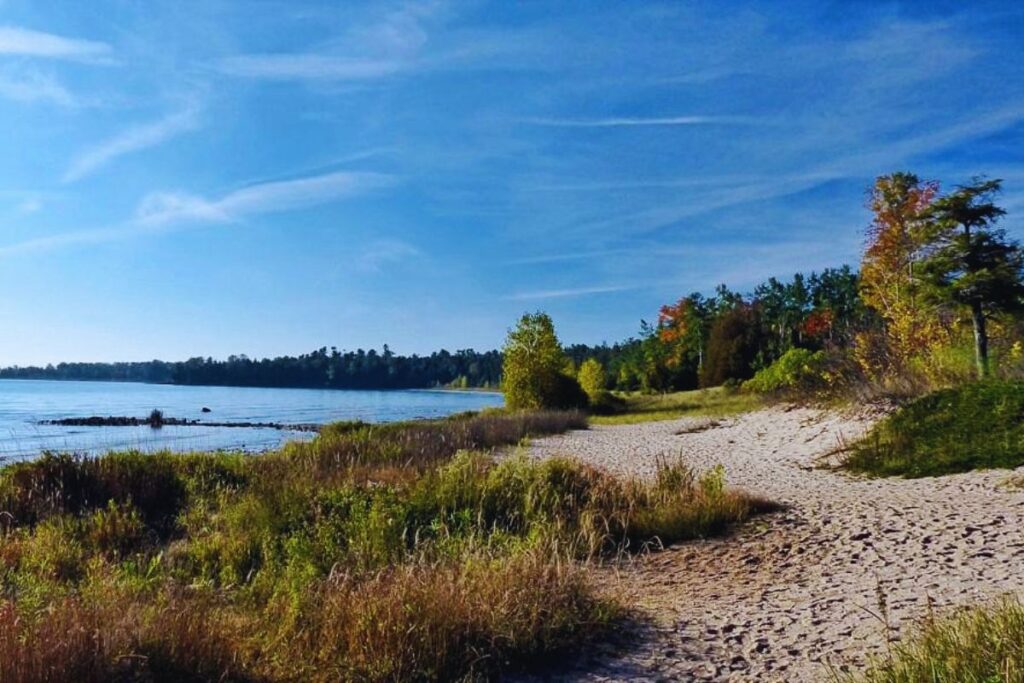
As Wisconsin’s only designated International Dark Sky Park, Newport State Park is an excellent destination for stargazing and astrophotography.
With 30 miles of hiking trails and 16 miles of Lake Michigan shoreline, this park is perfect for hiking, biking, and beachcombing.
Wildlife you will see
Newport State Park hosts a variety of wildlife, such as white-tailed deer, porcupines, and red foxes.
The park’s shoreline and wetlands attract various bird species, including double-crested cormorants, great blue herons, and several species of ducks.
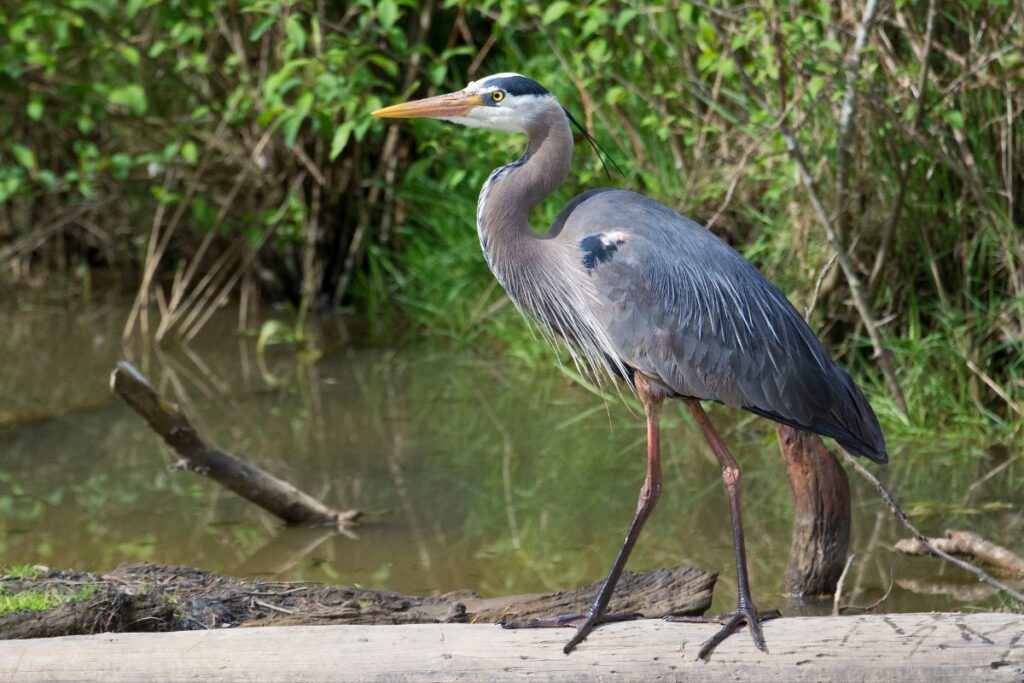
Visitors may also spot migrating monarch butterflies and rare orchids during the summer months.
Horicon Marsh
Encompassing over 33,000 acres, Horicon Marsh is a vital wetland ecosystem recognized as a Wetland of International Importance, a Globally Important Bird Area, and a National Wildlife Refuge.
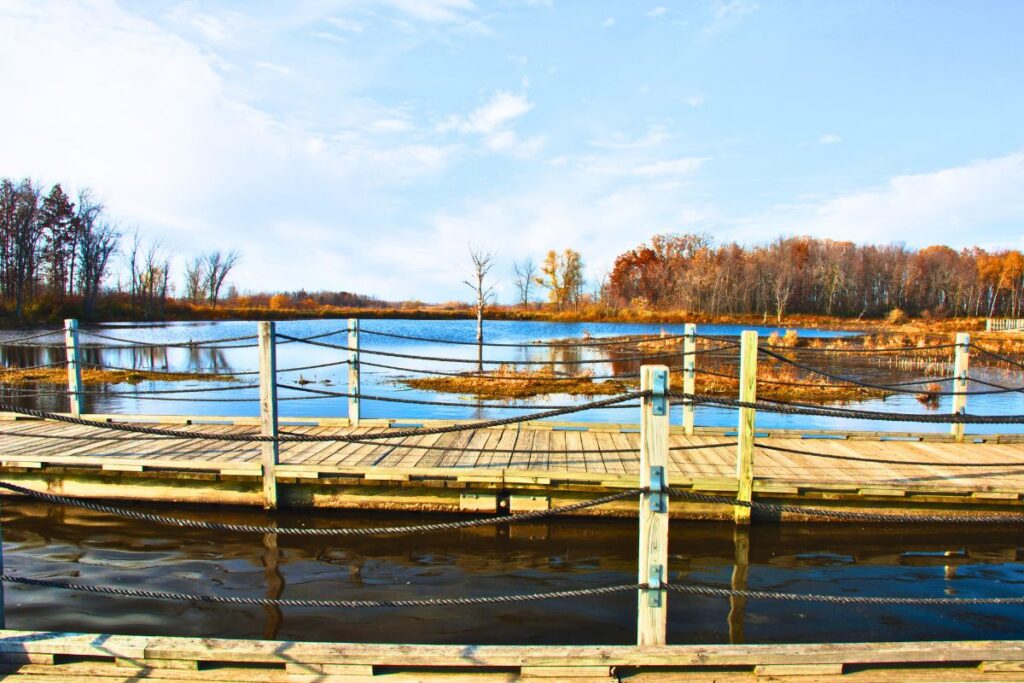
The marsh is a crucial stopover for migratory birds and provides an important breeding ground for various species.
With its boardwalks, hiking trails, and canoe routes, Horicon Marsh offers an exceptional opportunity to witness the beauty of nature and observe a vast array of wildlife up close.
Wildlife you will see
As the largest freshwater cattail marsh in the United States, Horicon Marsh serves as a sanctuary for a multitude of bird species, including the American white pelican, red-winged blackbird, and the endangered whooping crane.
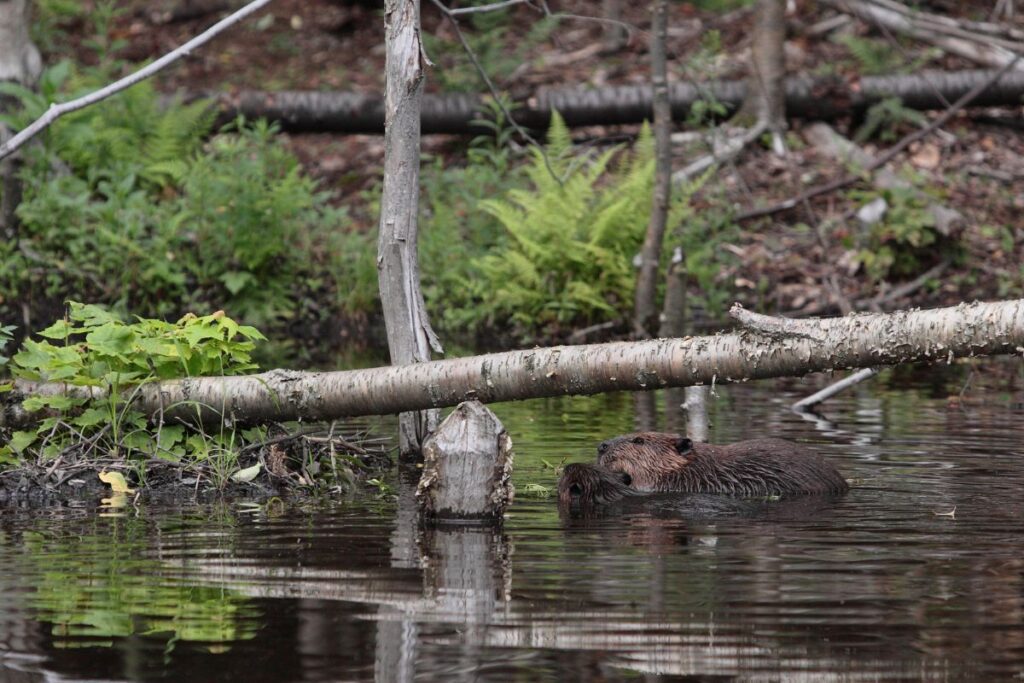
Visitors can also observe various mammals, such as muskrats, beavers, and white-tailed deer, as well as reptiles and amphibians, like turtles and frogs.
Governor Dodge State Park
Governor Dodge State Park, situated in southwestern Wisconsin, boasts more than 5,000 acres of picturesque landscapes, including sandstone bluffs, deep valleys, and serene lakes.
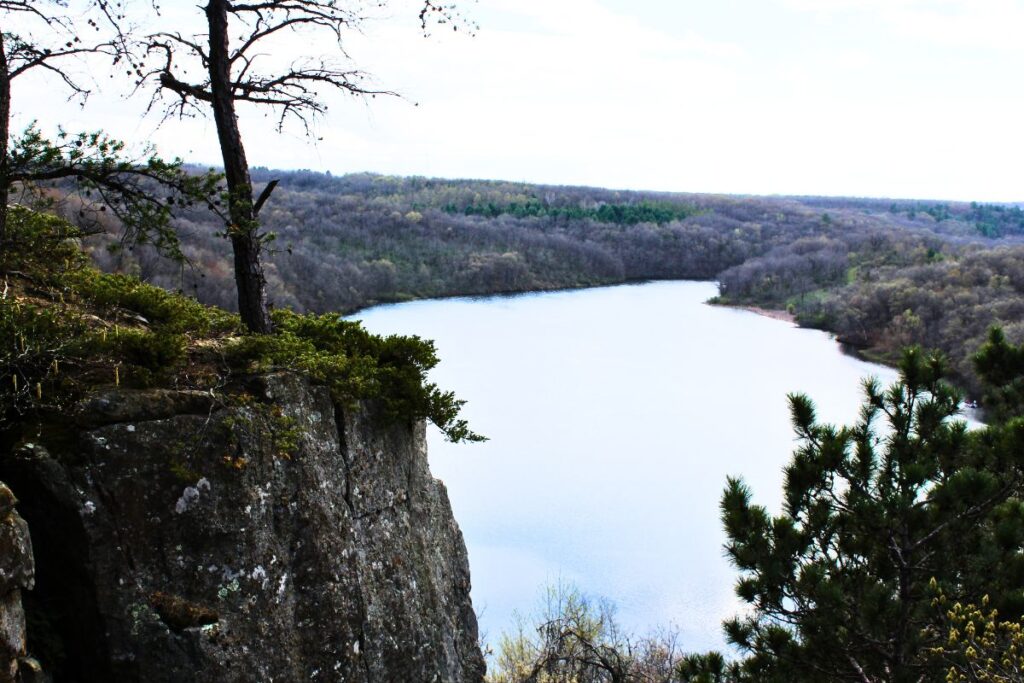
With over 40 miles of hiking trails, equestrian trails, and two swimming beaches, this park offers abundant recreational opportunities for nature enthusiasts seeking to explore its diverse habitats and appreciate the local wildlife.
Wildlife you will see
Governor Dodge State Park is home to a diverse range of wildlife species, including white-tailed deer, wild turkeys, and raccoons.
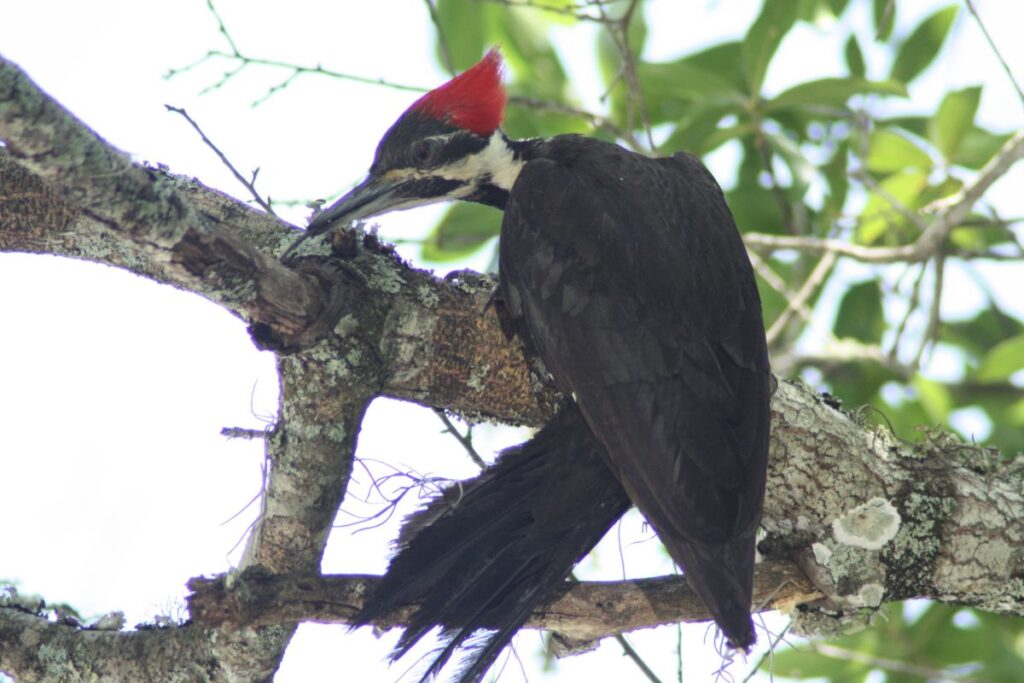
In the park’s forests, you may spot various bird species, such as pileated woodpeckers, barred owls, and eastern bluebirds.
During the warmer months, the park’s ponds and wetlands provide habitat for turtles, frogs, and salamanders.
Perrot State Park
Perrot State Park, located in the Driftless Area of western Wisconsin, offers visitors a unique mix of stunning landscapes, including river valleys, sandstone cliffs, and picturesque wetlands.
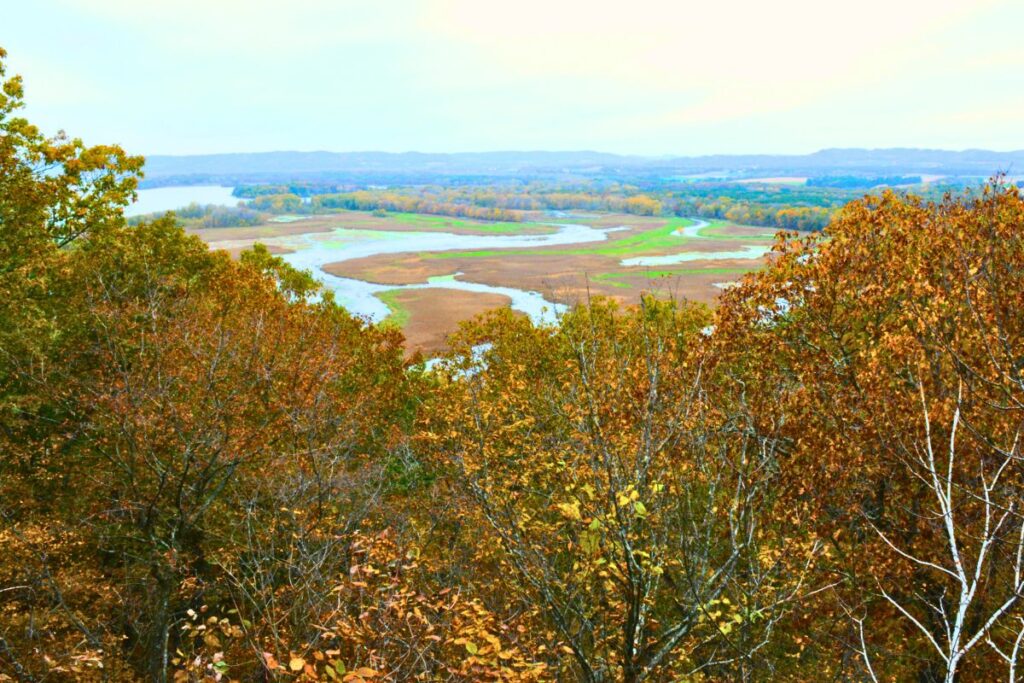
Situated along the Mississippi River, the park features over 12 miles of hiking trails, canoeing opportunities, and panoramic views from its 500-foot-high bluffs.
This diverse ecosystem provides a perfect environment for a variety of wildlife species to thrive.
Wildlife you will see
Nestled along the Mississippi River, Perrot State Park is a haven for a wide array of wildlife.
Visitors can observe white-tailed deer, wild turkeys, and red foxes roaming through the park.
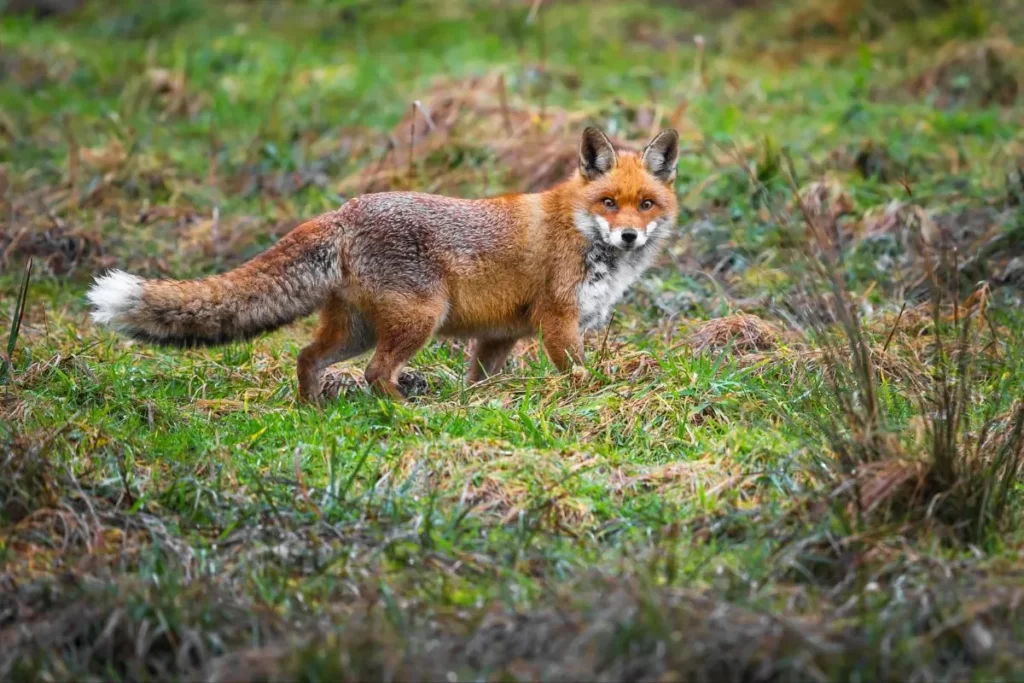
Birdwatchers will be delighted to find bald eagles, red-tailed hawks, and great blue herons, among other species.
The park’s wetlands and riverbanks also support an abundance of turtles, frogs, and fish.
Devil’s Lake State Park
Devil’s Lake State Park, located in the Baraboo Range of central Wisconsin, offers a diverse landscape of towering quartzite cliffs, dense forests, and the 360-acre Devil’s Lake.
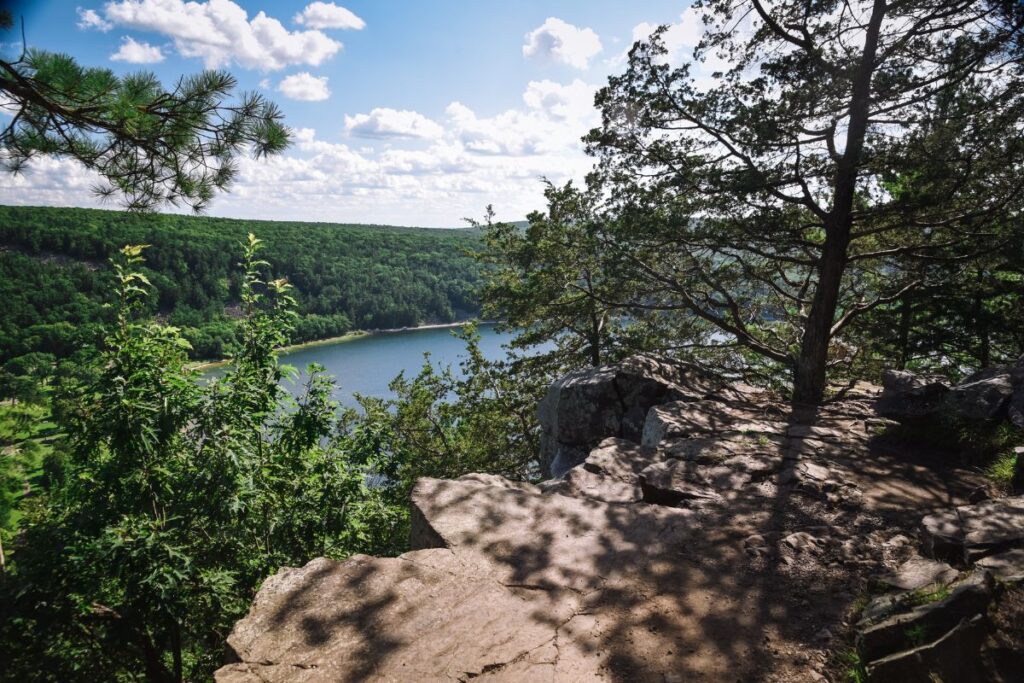
The park is renowned for its hiking trails, rock climbing opportunities, and picturesque views.
Its rich biodiversity and breathtaking scenery attract over three million visitors annually, making it Wisconsin’s most popular state park.
Wildlife you will see
Devil’s Lake State Park, Wisconsin’s most popular state park, is home to diverse wildlife, including white-tailed deer, gray squirrels, and eastern chipmunks.
The park is also a birdwatcher’s paradise, with over 100 species of birds documented, including red-headed woodpeckers, scarlet tanagers, and various species of warblers.
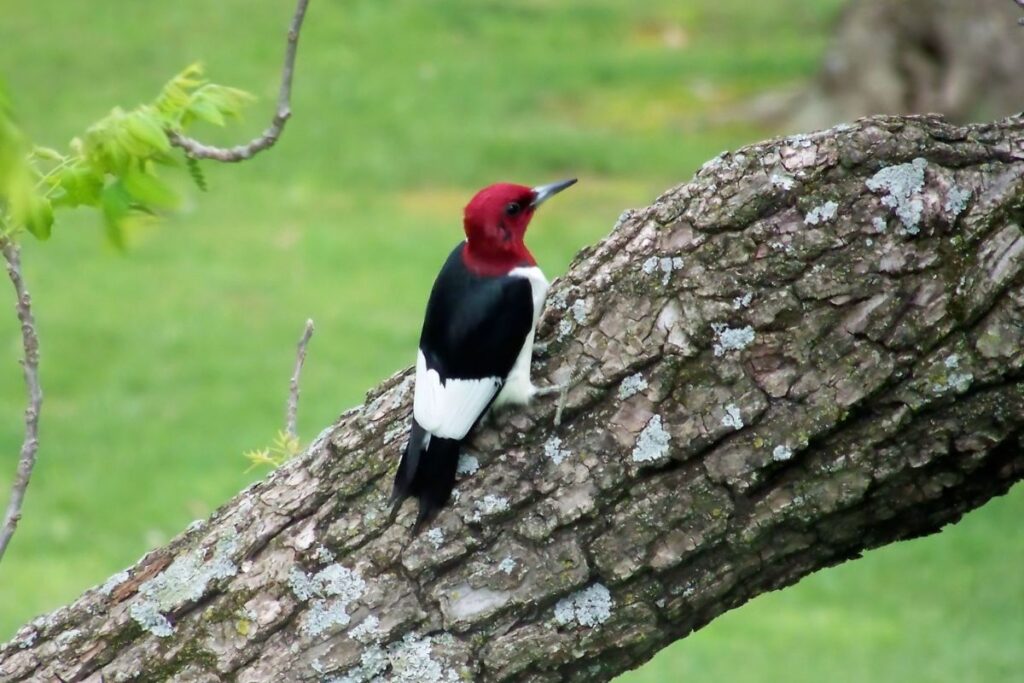
The park’s lake and surrounding wetlands support numerous amphibians, such as frogs, salamanders, and newts.
Tips for Visiting the Wilderness Areas of Wisconsin
Plan your visit according to the season
Each wilderness area has its unique appeal during different times of the year.
For example, spring is ideal for birdwatching and wildflower blooms, while fall is perfect for enjoying the vibrant foliage and cooler temperatures.
Summer offers opportunities for swimming, canoeing, and camping, whereas winter presents a chance for snowshoeing and cross-country skiing.
Leave no trace
Practice responsible outdoor ethics by packing out all trash, staying on designated trails, and respecting wildlife and other visitors.
Remember to minimize your impact on the environment by avoiding feeding wild animals, camping only in designated areas, and refraining from picking plants or removing natural objects.
Be prepared
Bring plenty of water, wear appropriate clothing for the weather and terrain, and carry a map and compass or GPS device.
Make sure to pack sunscreen, insect repellent, and a first aid kit. Always inform someone of your planned route and expected return time.
Research park regulations
Before visiting a wilderness area, familiarize yourself with the specific rules and regulations, such as permit requirements, pet policies, and campfire restrictions.
Adhering to these guidelines helps protect the environment and ensures a safe and enjoyable experience for all visitors.
Time your visit to avoid crowds
If possible, plan your visit during weekdays or less popular times of the year to enjoy a more peaceful experience.
This also helps reduce the impact on the environment and wildlife.
Be mindful of wildlife
Maintain a safe distance from animals and avoid disturbing their natural behaviors. Keep food and other attractants secured to prevent conflicts with wildlife.
If you encounter a potentially dangerous animal, such as a bear or a moose, familiarize yourself with appropriate safety measures, and follow them accordingly.
Prepare for weather conditions
Wisconsin’s weather can be unpredictable, so it’s essential to check the forecast before embarking on your adventure. Pack extra layers of clothing, rain gear, and other essentials to stay comfortable in changing conditions.
Practice good trail etiquette
Yield to other hikers, bikers, or equestrians when sharing the trail.
Uphill hikers generally have the right of way, and groups should allow single hikers or faster groups to pass when possible.
Keep noise levels to a minimum to respect other visitors and avoid disturbing wildlife.
Enhance your experience with guided tours or interpretive programs
Many wilderness areas offer guided tours, nature walks, or interpretive programs led by knowledgeable staff or volunteers.
These experiences can provide valuable insights into the area’s history, ecology, and wildlife, enriching your visit.
Support local communities
By shopping at local businesses, dining in local restaurants, or staying in locally-owned accommodations, you contribute to the economy of the communities surrounding the wilderness areas.
This support helps preserve the natural areas and maintain their accessibility for future generations to enjoy.
Conclusion
Wilderness Areas of Wisconsin offer a diverse and captivating array of natural landscapes, recreational opportunities, and wildlife encounters.
These natural gems provide a perfect escape from the hustle and bustle of daily life, inviting visitors to reconnect with nature and experience the serenity and beauty of the great outdoors.
By following the tips provided in this blog, you can ensure a memorable, responsible, and enjoyable adventure in the Badger State’s pristine wilderness areas.
So lace up your hiking boots, pack your gear, and embark on a journey to discover the breathtaking landscapes and abundant wildlife that await you in Wisconsin’s remarkable wild places.

